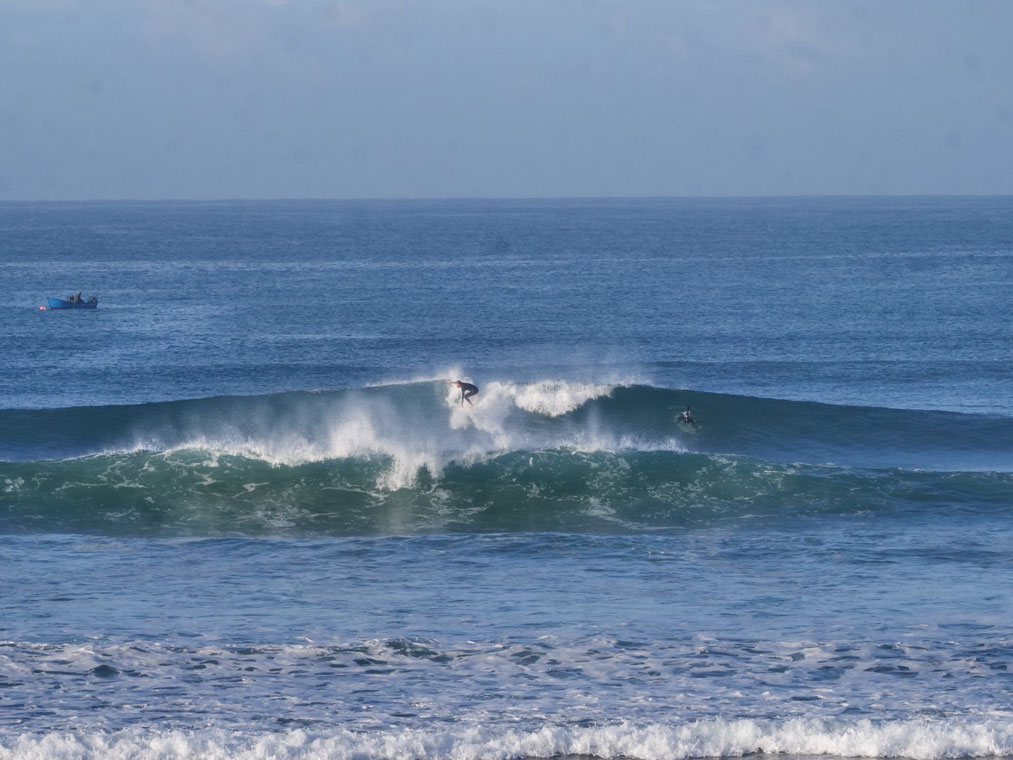
Paddling is one of the most fundamental skills in surfing and can often be the difference between a fast or slow learning curve. Catching more waves = surfing more = faster improvement. Whether you’re a beginner looking to improve your surf technique or an experienced surfer wanting to refine your skills, understanding correct paddle technique and paddle training is essential to your success in the water.
In this article, we’ll break down effective paddling techniques and provide tips to help you maximize your wave-catching potential.
The Importance of Paddling
Paddling serves multiple purposes in surfing. Not only does it help you position yourself in the lineup, but it also generates the speed needed to catch waves. Proper paddling technique allows you to conserve energy, maintain control, and be ready to project you onto a wave when the perfect opportunity arises.
Paddling Techniques
1. Positioning Yourself on the Board or Trim
Before you start paddling, proper positioning on your surfboard is critical.
Lie on the Board: Place your chest on the board with your feet hanging off the tail. Your weight should be centered so that the nose of the board is slightly above the water with your head high enough to hold an imaginary football under the chin. A high head position will also help you engage the big power paddle muscles of the pectorals and latimus dorsi. Head too low and your arms will swing wide exhausting the smaller weaker deltoids.
Adjust Your Body: Depending on the buoyancy of your board, you may need to shift your body forward or back to find the perfect balance point. If the nose is dipping too low, shift back; if the tail is too high, move forward. To adjust your trim on entry into the wave you can shift your head up or down effecting nose and tail trim using gravity tom assist paddling power.
2. Hand Placement
Your hand position is crucial for effective paddling. Here’s how to position your arms:
Place your hands slightly wider than shoulder-width apart on the rail of the board, with your fingers spread out to maximize surface area.
3. The Paddling Motion
The paddling motion itself is where the magic happens. Here’s how to execute a smooth and powerful stroke:
Pulling Technique: Submerge your arm (the one that pulls) up to the elbow as you reach forward, then pull through the water, keeping your elbow higher than your wrist. Imagine pulling your body forward through the water rather than pulling the water back. You can do a slight "S" shape (but not as much as the paddle out technique) pull, skulling the hand to maximise pull and helping shift body weight on the board for entry.
Body Rotation: Use your torso to generate power in your strokes. As you paddle, rotate your shoulders and engage your core to increase efficiency. This allows for longer, stronger strokes without exhausting your arms. Remeber keep your head high using the glutes and lower back to erngage the paddle power muscles.
4. Cadence and Rhythm
Maintaining a consistent cadence is vital for effective paddling:
Paddle in Sets: Rather than paddling as hard as you can for a few strokes, find a sustainable rhythm. Practice paddling in sets of three or five strokes, then pause for a brief moment to catch your breath before repeating.
Combine Short and Long Strokes: Use shorter strokes when you are close to the wave and longer strokes when you need to pick up speed—like a sprinter ready to launch off the blocks.
5. Using Your Feet
While your arms do most of the work, your feet can also enhance your paddling:
Engage Your Feet: Keep your toes pointed down and your feet engaged with the board. This helps maintain balance and allows you to pivot more easily when positioning for a wave.
Paddling for the Wave
Once you’re in position and a wave approaches, follow these tips to prepare for takeoff:
1. Identify the Right Wave
Watch the waves and identify the ones that are best suited for you. This area we will write another blog on but for now practice looking over both shoulders, learning the shape and form of the incoming wave as you paddle, adjust speed and trim.
2. Timing is Key
As the wave approaches, start paddling with determination and urgency. Begin paddling several seconds before the wave reaches you, ensuring you gain enough speed to match it. Try to adjust your nose to tail trim to help utilise gravity.
3. Paddle Harder as It Approaches
As the wave gets closer, dig your hands in harder and increase your paddle tempo but keep your paddling controlled and ready to change entry direction line adjusted to the forming wave shape....if the peak shoulders out it doesnnt matter how hard you paddle. Be aware pof the wave form and pitch, adjust your paddle entry line accordingly.
4. Keep Wave Awareness Over Both Shoulders
As you start to feel the wave lift your board, look over your shoulders to gauge your entry line.. This will help you determine the right moment to pop up but more importantly help you keep a controlled rail engaged, angle take off.
5. Look & Lean
Determine your entry line based on the wave shape; start to look and lean on the inside rail to start using the wave energy to assist entry and help control your surfboard ready for the stand up.
Conclusion
Paddling effectively is crucial for any surfer looking to improve their wave-catching skills. By mastering these techniques and practicing regularly, you’ll find yourself in the right position to catch more waves and enjoy the ride. If you dont have the opportubnity to surf waves as much as you wish do not be afraid to take your surfboard out into a lake or a flat ocean to practice both your power paddling and endurance paddling techniques.
